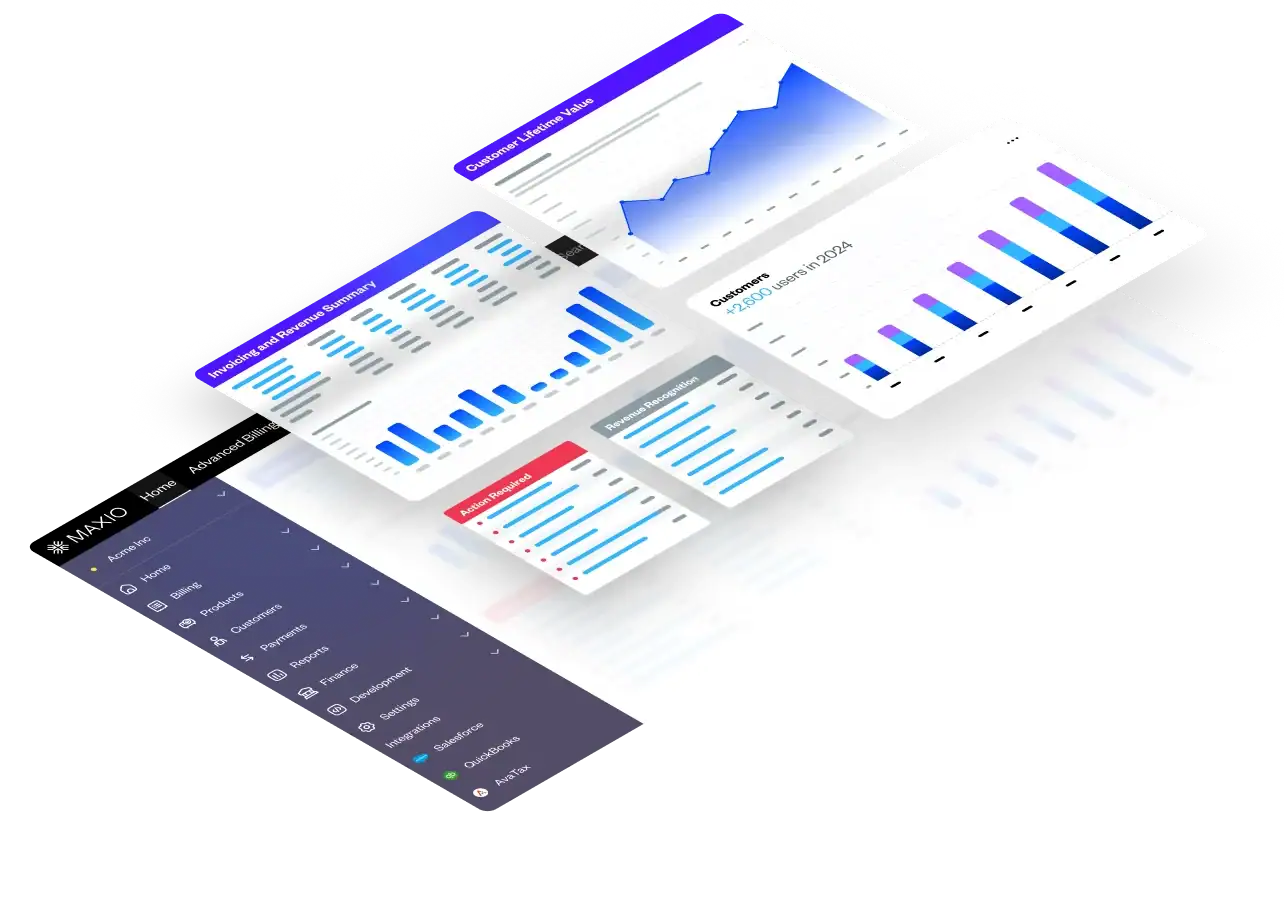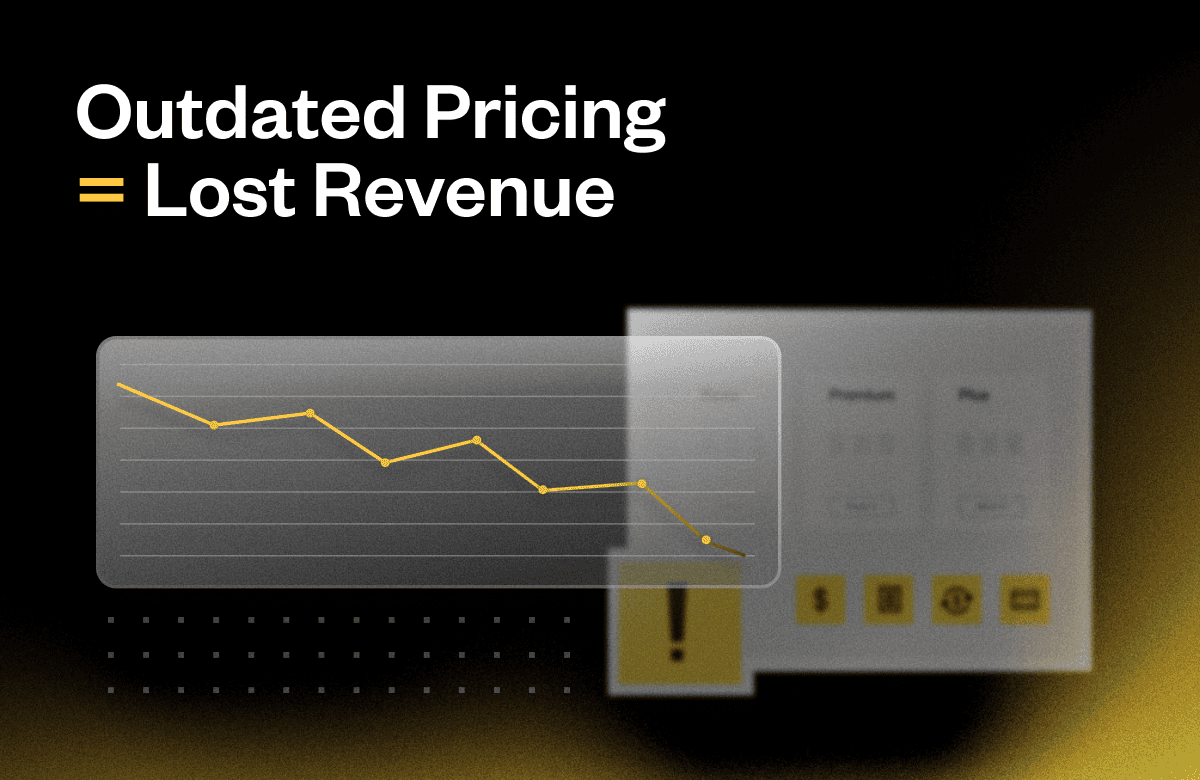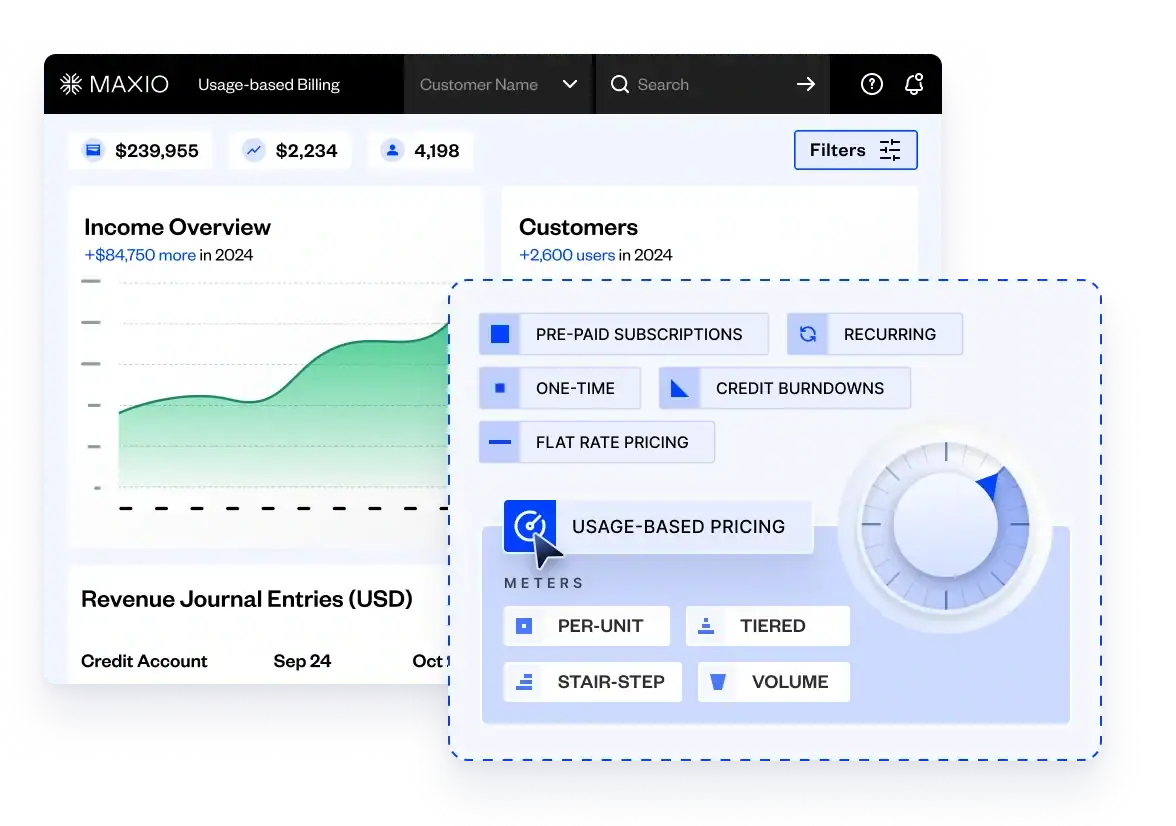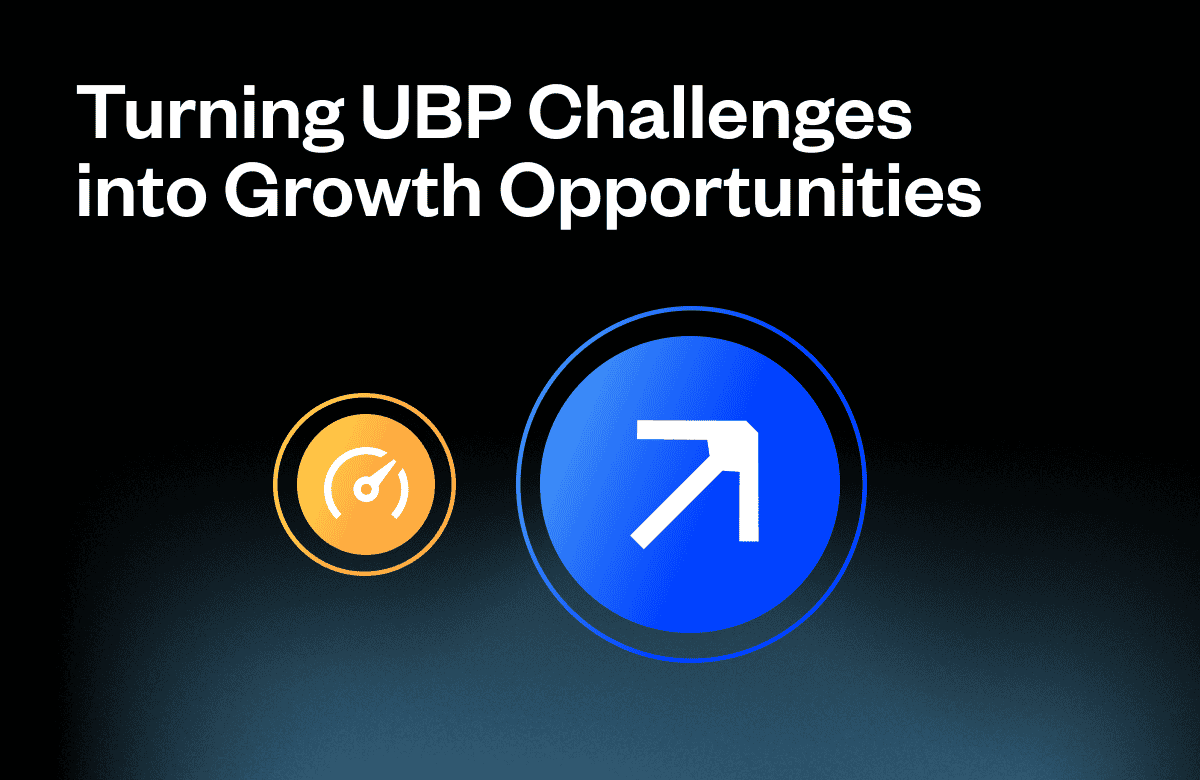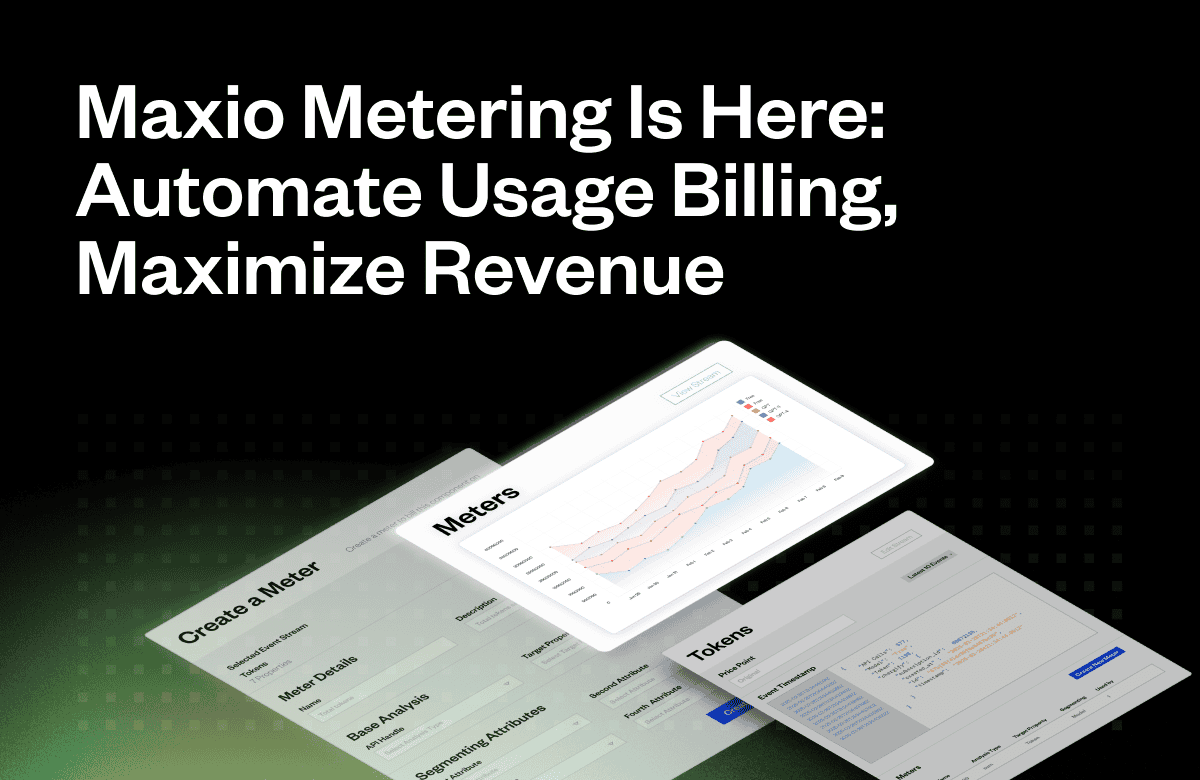Why Traditional SaaS Pricing Models Are Holding You Back
The SaaS industry has evolved dramatically over the past decade, yet many companies still rely on outdated pricing models that fail to reflect today’s dynamic usage patterns. Fixed subscriptions, once the gold standard for predictable revenue, can now create friction between providers and customers. With AI-powered services, embedded SaaS products, and increasingly variable usage, businesses need more flexibility in how they charge for value. Enter adaptive billing—a smarter, real-time approach that ensures pricing aligns with the actual cost and value of SaaS services.
The fundamental flaw of fixed subscriptions is their inability to scale with usage. A company that heavily relies on AI-driven processes or experiences seasonal spikes in demand could find itself either overpaying for unused capacity or underpaying for high-intensity workloads. This misalignment leads to inefficiencies and potential revenue leakage, making it harder for SaaS businesses to maintain profitability and customer satisfaction.
The Shift from Fixed Subscriptions to Usage-Based Pricing
Fixed subscription models offer stability but lack agility. AI-driven services don’t operate on a one-size-fits-all basis—some users require intensive computational power, while others need only minimal resources. Traditional tiered pricing forces customers into predefined buckets, often leaving them feeling overcharged for features they don’t use or underpaying for those that significantly impact infrastructure costs.
Usage-based billing (UBB) emerged as an alternative, allowing companies to charge customers based on actual consumption. This approach creates a fairer pricing structure that scales with usage, reducing inefficiencies. However, while UBB solves some problems, its most basic implementations introduce new challenges, particularly when companies fail to account for differences in how resources are consumed.
The Limitations of Basic Usage-Based Billing
A simple pay-per-use model assumes all usage has equal value and cost, which isn’t always true. Consider an AI-powered SaaS platform: one user might generate thousands of low-cost API calls, while another makes a handful of high-computation requests that strain infrastructure. A basic usage-based model treats both users similarly, leading to pricing imbalances that either overcharge low-impact users or undercharge resource-heavy customers.
Additionally, traditional usage-based models often lack transparency, making it difficult for customers to understand how their bills are calculated. When companies fail to provide granular insights into usage and costs, customers may feel blindsided by unexpected charges, eroding trust and increasing churn rates.
The Rise of Adaptive Billing
Adaptive billing refines the traditional usage-based approach by tracking multiple variables in real-time. Rather than treating all consumption equally, it distinguishes between different types of usage—such as CPU-intensive AI processes versus simple data retrieval—and prices accordingly. This ensures revenue accurately reflects operational costs while giving customers transparency into how charges are calculated.
Companies adopting adaptive billing benefit from:
- Cost alignment: Revenue directly matches product usage and operational expenses, reducing inefficiencies.
- Improved customer trust: Transparent pricing eliminates unexpected charges and fosters long-term relationships by showing customers exactly what they are paying for.
- Greater flexibility: Businesses can introduce dynamic pricing models that evolve alongside product capabilities and customer needs.
By allowing companies to charge based on the actual value delivered rather than a simplistic usage metric, adaptive billing ensures that high-value services remain profitable while keeping costs reasonable for lower-intensity users.
How SaaS Companies Are Adapting
As SaaS providers move toward more sophisticated billing structures, real-time metering solutions have become essential. Platforms like Maxio Metering enable finance teams to implement multi-dimensional billing logic without requiring continuous engineering support. By separating metering from raw data, real-time cost tracking, and predictive analytics, companies can refine their pricing strategies and improve revenue predictability.
With Maxio Metering, businesses can:
- Track multiple usage variables to implement intelligent, value-based pricing.
- Provide real-time reporting and analytics to forecast revenue and detect usage spikes.
- Reduce reliance on engineering teams to manage billing adjustments, freeing up valuable development resources for innovation.
- Improve customer retention by offering flexible, transparent billing structures that align with actual product usage.
The Future of SaaS Billing: Adapt or Fall Behind
As SaaS companies refine their pricing models, adaptive billing is becoming a core strategy for sustainable growth. The shift away from static subscriptions toward flexible, multi-variable pricing allows businesses to align revenue with actual product value while maintaining customer trust.
The need for smarter billing strategies will only grow as AI and embedded SaaS services become more prevalent. Companies that fail to modernize their pricing approaches risk losing out to competitors who provide more transparent, flexible, and scalable billing models. The shift to adaptive billing isn’t just about improving margins—it’s about staying competitive in an evolving landscape where customer expectations around fairness and value are higher than ever. To learn more about how adaptive billing is reshaping SaaS revenue models, download the white paper, The Future of SaaS Revenue: Adaptive Usage-Based Billing.
